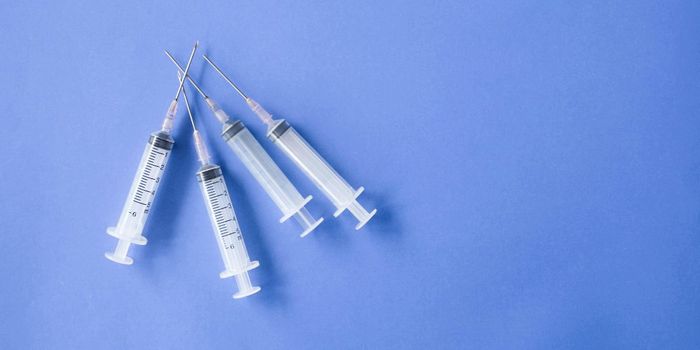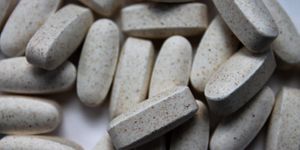Treating Malaria: Molecular Understanding of Drug Interactions
Crystallization is a process central to drug development that despite centuries of facilitating a particular method, chemists are still learning how to grasp the complexity of drug interactions that involve the building and dissolution of crystals.
For the very first time, researchers have reported in the journal Nature what occurs at the molecular level when two compounds inhibit the growth of crystals. In the study, researchers examine these interactions between two antimalarial drugs
"You would expect using two drugs that attacked crystallization in two different ways would be synergistic, or at the very least additive," said Jeffrey Rimer, Abraham E. Dukler Professor of Chemical and Biomolecular Engineering at UH and a co-author of the paper. "Instead, we found that they can work against each other."
When drugs work against each other, this is known as antagonistic cooperation and can result in an infective treatment. In the case of the study, researchers were hopeful to treat Malaria by first understanding the molecular level of drug targets.
Malaria is a mosquito-borne disease that is often fatal killing more children than adults. It is caused by a parasite that devours the oxygen-carrying molecule found in our blood, hemoglobin. When it does so, it leaves behind a compound known as ‘hematin’ that the parasite sequesters into a crystal.
In the study, researchers examined the growth of hematin crystals using for common antimalarial drugs---- chloroquine, quinine, mefloquine and amodiaquine. They were able to characterize the mechanisms that these compounds utilize to inhibit crystal growth.
"This mechanism may provide guidance in the search for suitable inhibitor combinations to control crystallization of pathological, biomimetic, and synthetic materials," the researchers wrote. "In a broader context, our results highlight modifier interactions mediated by the dynamics and structures on the crystal interface as a prime element of the regulation of the shapes and patterns of crystalline structures in nature and industry."
Learn more about Malaria:
Source: Science Daily









